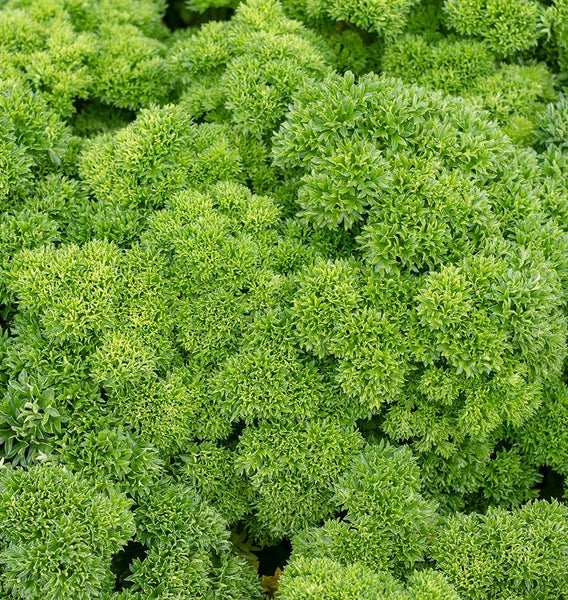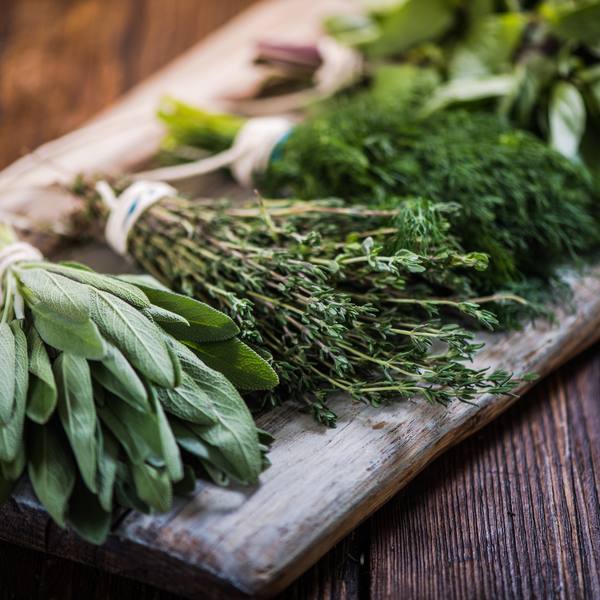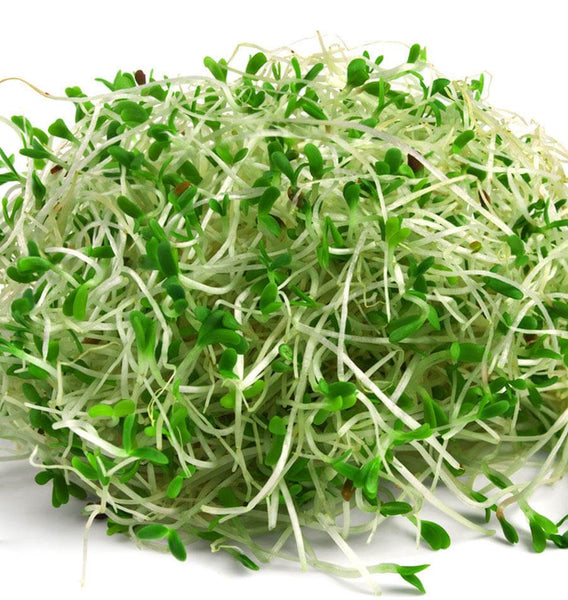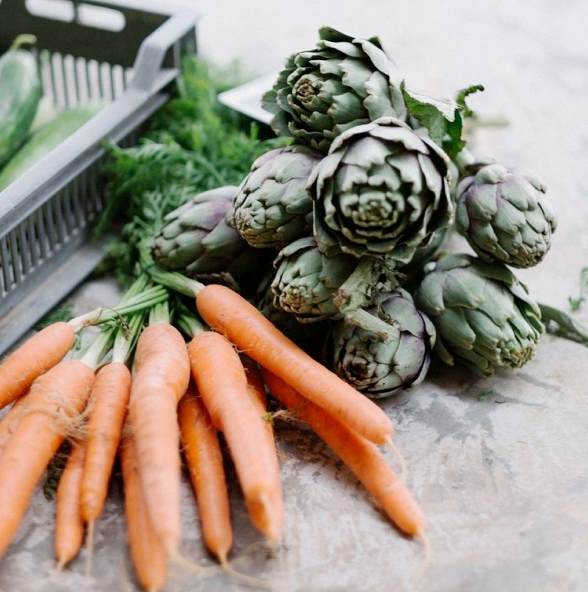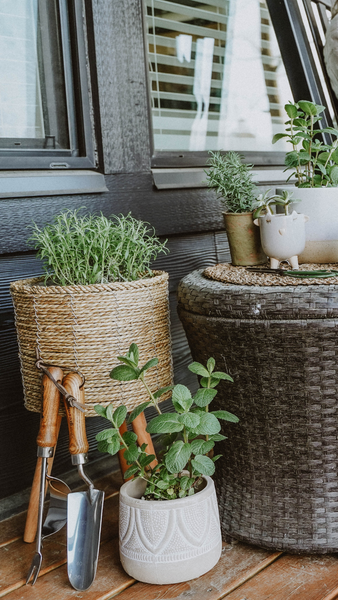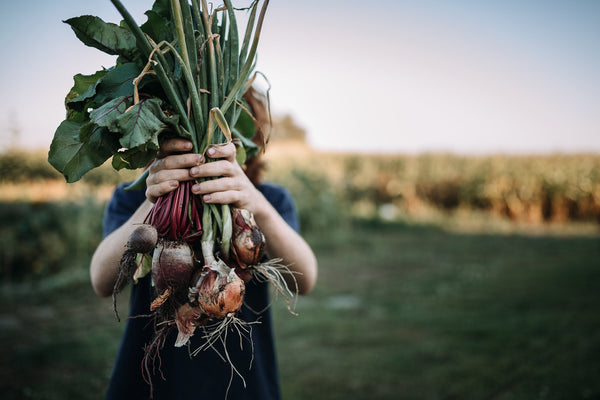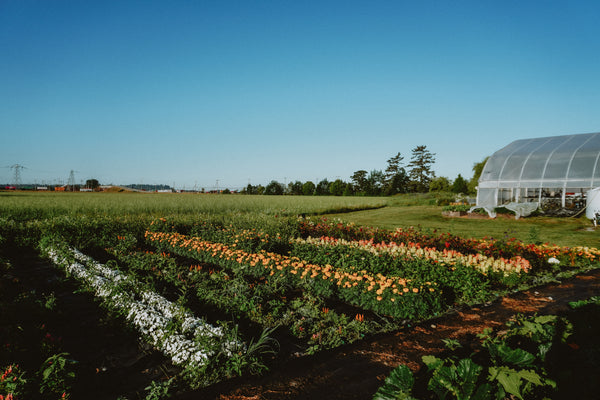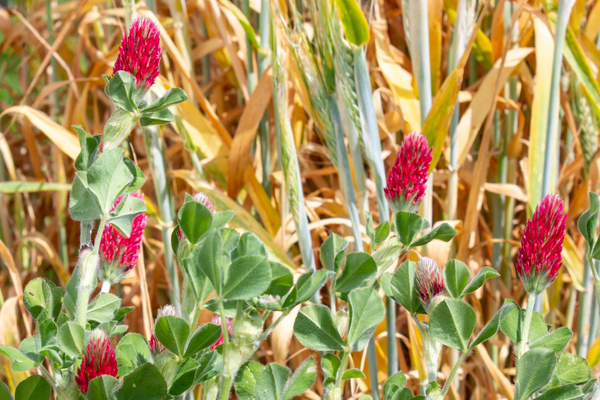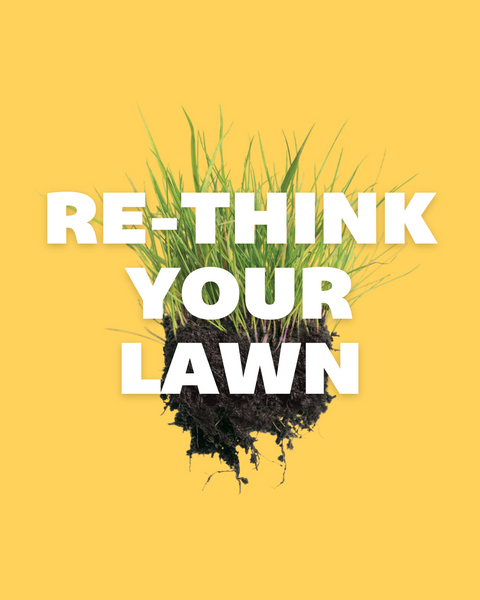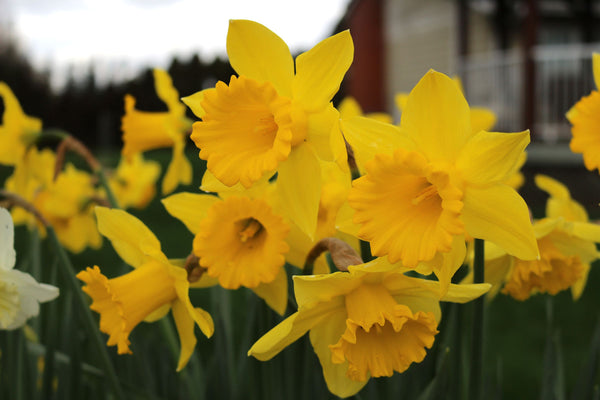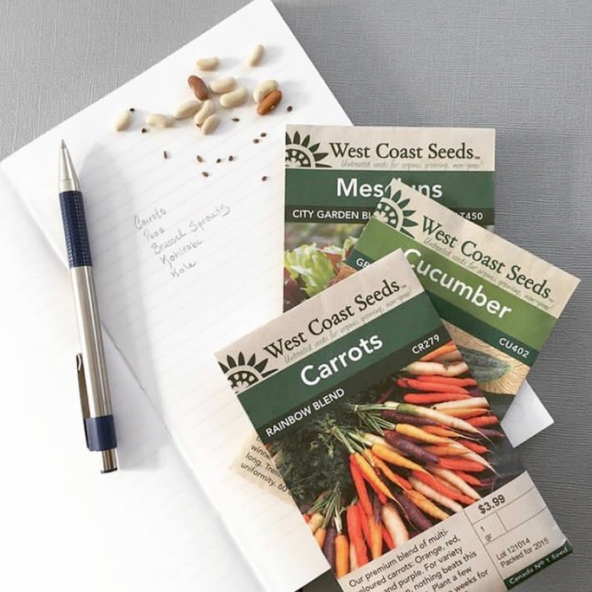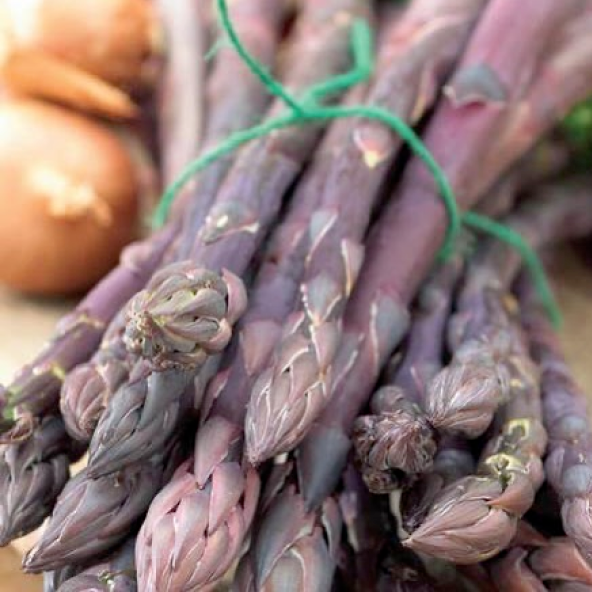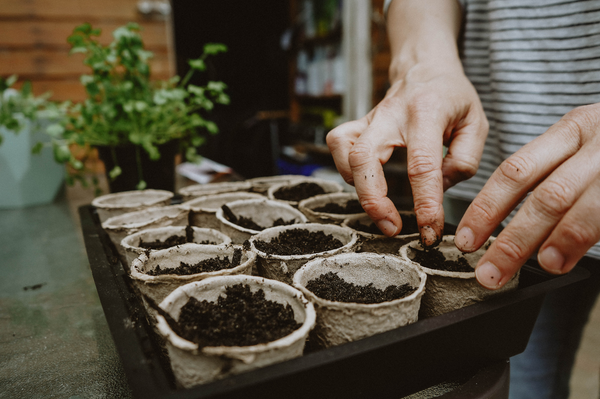For the last 9 years, I have grown a container garden in the 400 sf patio of my rental apartment in Vancouver. This month I was met with a “For Sale” land assembly sign advertising my building’s demolition to make way for a high-rise. Those 400 sf now seem so precious.

I am grateful for each season and square foot of growing space. Through this experience, I have learned to maximize what I have, and I’ve taught countless others these methods through my business Seed & Nourish, whether they have an expansive backyard or urban rooftop or balcony. I believe constraint propels creativity to flourish.
Here are my top tips for growing small space gardens that are brimming with nourishment:
Plant Densely
Traditional plant spacing leaves room for pathways to access your crops. When we garden in containers or raised beds, we don’t need rows for access. Square Foot Gardening asks us to instead visualize our beds or pots in square feet rather than rows. For large crops like kale or peppers, we plant 1 plant per square foot. Medium crops like romaine or bush beans, we plant 4 per square foot. For small crops like beets, we plant 9 per square foot. Extra-small crops like carrots or radish, we plant 16 per square foot. When the plants grow in, we see no bare soil.
Plant Seasonally
We can harvest multiple crops per square foot by planting continuously from spring to fall and relay cropping (planting a second crop into a standing first crop before it has been harvested). Cool-weather crops like peas, greens, brassicas and root crops can be planted in early spring, followed by warm-weather crops like tomatoes, cucumbers, peppers, eggplants, beans and squash in late spring, finished with more cool-weather crops in late summer. In just one square foot, you can plant 4 buttercrunch lettuce and as they head up, plant 1 tomato seedling in the centre, harvesting the lettuce heads to create more space as the tomato matures, then replant basil in the empty lettuce spaces.

Plant Vertically
We can stretch our spaces by growing vertically with trellis. Cucumber vines can be trellised leaving room at their feet to plant bush beans which will help replenish nitrogen in the soil. Peas can be trained up an arch with nitrogen-loving kale at its feet. Indeterminate tomatoes can be pruned on a tomato spiral with carrots at the base. Now each square foot is growing multiple crops, companion plants are aiding each other, and low-growing crops are acting as living mulch which means cooler roots, less evaporation and no weeds.

Plant Generous Crops
Choose crops that produce multiple harvests to help maximize your space. Rather than growing broccoli which produces 1 head in 4 sf, choose zucchini, which produces more fruit than you know what to do with. Small fruit-producing crops like cherry tomatoes, hot peppers, cucumbers, beans and everbearing strawberries produce continuously, whereas large fruit producers like sweet peppers, melons, squash and heirloom tomatoes will not yield as much in a season. Some greens and herbs can produce cut-and-come-again harvests, such as leaf lettuce, kale, swiss chard, arugula, spinach and basil to keep your plate full.

By incorporating these high-production techniques no matter your space, you can tap into the abundance of nature, and the wisdom that comes from seeing challenge as an opportunity to grow.
Bio
Carissa Kasper is the founder of Seed & Nourish where she creates kitchen gardens for residential and commercial clients in Vancouver including the Fairmont Waterfront’s chef garden to empower gardeners to grow beautiful food in the city.

